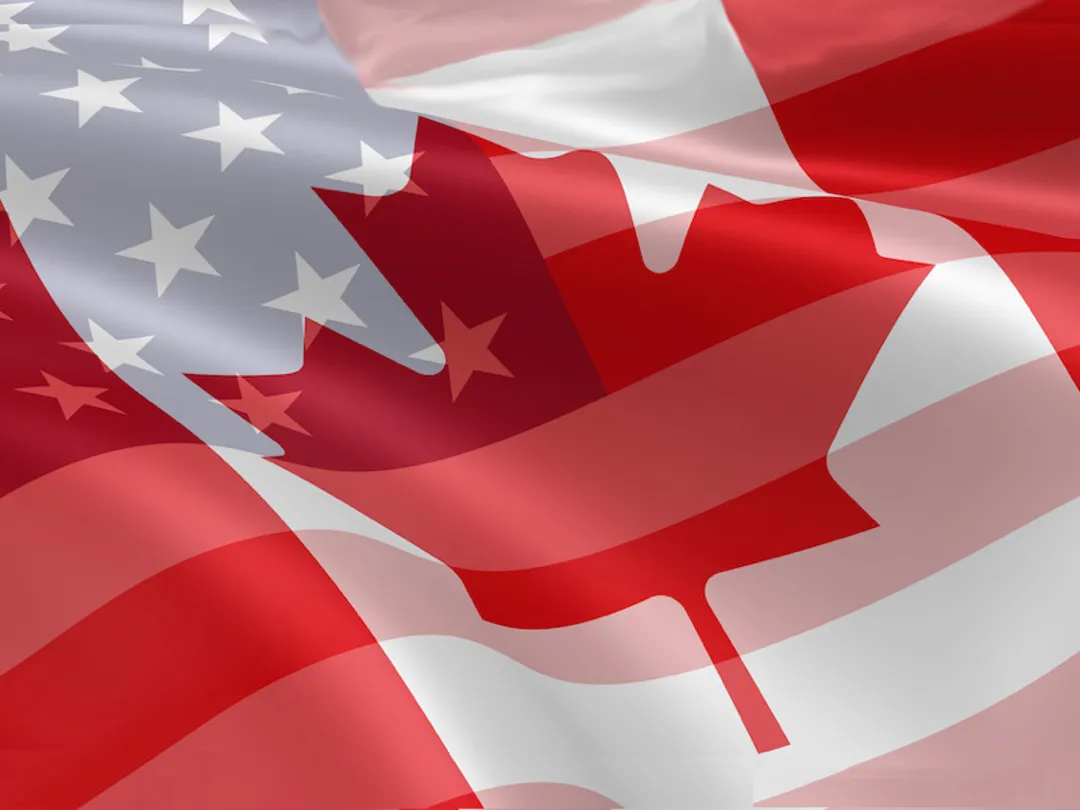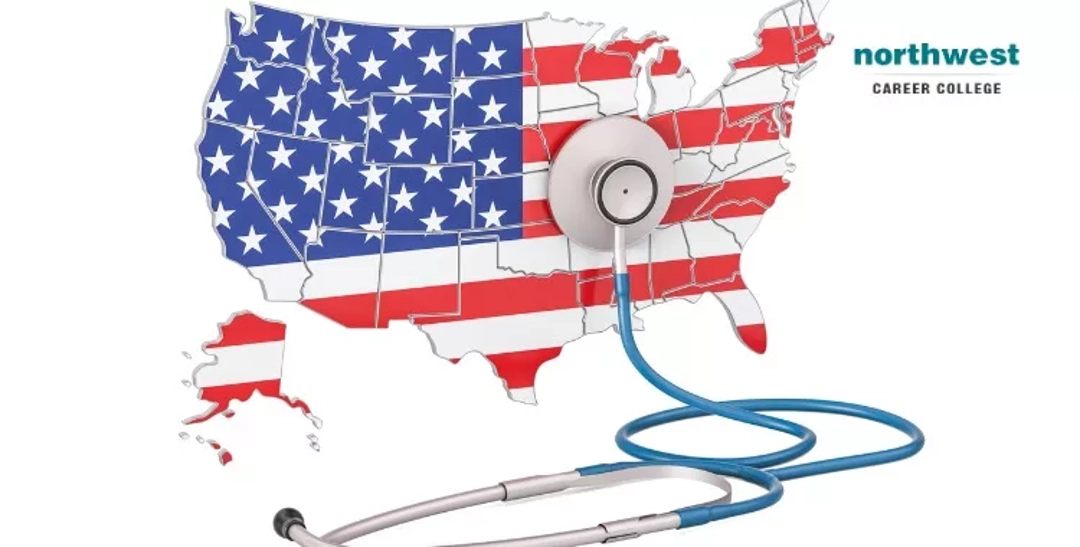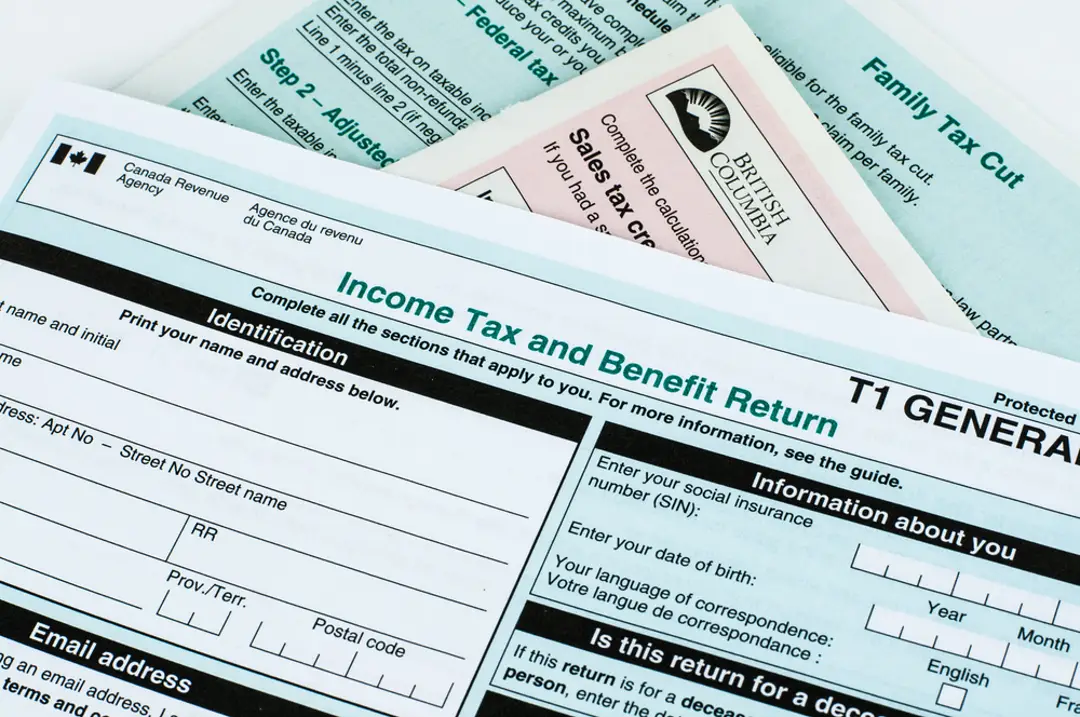Thinking about life in North America but not sure whether Canada or the United States offers a better bang for your buck?
From housing and healthcare to groceries and taxes, this guide breaks down the key differences to help you understand where your money might go further—and where it might not.
Whether you're planning a move, considering a job offer, or just curious, here’s what you need to know.
And if you're planning a trip to the USA, be sure to grab an iRoamly USA travel eSIM to stay connected with fast, reliable internet throughout your journey.

Housing Costs
When it comes to one obvious — and unexpected — area where things differ in Canada and the US, let’s talk about housing. Take Toronto. The average cost to rent a one-bedroom apartment in that city is about CAD $2,300.
Now, compare that to New York City, where you might shell out over USD $3,500.
Or, look at Vancouver, where home prices are notoriously high — though not as high as in San Francisco, where you’ll feel like you’re trying to climb Mount Everest just attempting to buy a shack.
That means living in big cities in the US can be a whole lot more expensive than it is in Canada.

On the other hand, if you value peace and quiet and a slower pace of life, you can find plenty of affordable options in either country.
You’ll find more affordable housing in rural Canada than in its urban centers, with plenty of options under CAD $1,000 per month.
Rent and housing prices in small towns and rural areas in the United States are also cheaper. Some affordable US living spots have monthly prices as low as $800. These locations offer great value without sacrificing too many conveniences.
Just keep in mind that there can be a big difference in what’s available and the amenities and services you’ll have access to in urban vs. rural communities in both countries.
On the issue of property taxes, in the United States, the fees are usually higher, with the percentage of the value of the home being assessed averaging 1.07%, depending on the state you live in.
This amount is 0.5-1.0% in Canada, again depending on the province. Therefore, if you are planning on owning a house, these will be a major consideration you need to include within your budget.
Healthcare Expenses
The health care system in Canada is a national pride for many Canadians. The system is universal, so residents fund it through their taxes, and they don’t have to pay to see a doctor or go to the hospital.
Just remember, it’s not all free. Dental care and prescription medications are not covered so you may have to shell out some money for them.
In comparison, the model in the United States is largely based on insurance. Most citizens under 65 who have insurance (which is not a requirement) receive it from their employer.
For visitors, it’s also important to consider options like visitor insurance in the USA to avoid high costs during their stay.
For those without employer-sponsored insurance premiums, the average annual cost for private insurance is over USD $5,000 for an individual.
Additionally, even when insured, there are additional costs of copays and deductibles that can make healthcare expensive, especially for individuals who have recently moved to the country and do not receive it through their employer.

However, despite the higher cost of the US, some people believe that it provides quicker access to specialists and certain procedures, which can be a major benefit over Canada, where wait times for non-emergency surgery can be months.
Still, for those moving to either country, it’s important to know how their healthcare systems work — otherwise, you’ll end up paying a lot of money since healthcare is a major and complicated component of the cost of living between the two countries.
Food and Groceries
When it comes to shopping for groceries, there’s a huge difference between how it works in Canada and the United States.
In Canada, a lot of products have to be imported, and this isn’t just the case for snack foods or processed foods—it also includes fresh produce, which jacks up the price of groceries.
That’s why the basket of fruits and veggies is so much more in Toronto vs. New York City. We have a massive agricultural system in the United States, though, so grocery prices are going to make more sense.
I mean, it’s going to be a lot cheaper to meet your food budget here than in Canada.

Eating out, too, is slightly different in each country. Canada has a tip-heavy culture, with 15-20% being the norm. You will typically find restaurant prices slightly more expensive (due in part to higher costs on imported goods).
In the United States, tipping is also essential, though they have more budget types, such as fast food. (San Francisco and NYC can give a culinary experience that can go head-to-head with any Canadian city).
But there’s another complicating factor: regional differences. Just how the East Coast and West Coast of the United States have huge dining cost differences, Canada does too.
For instance, Vancouver may be just as expensive as Seattle, but Montreal will be much cheaper. These regional differences will really come into play depending on where you plan to visit and eat.
Transportation Costs
If driving is on your agenda, there are some ways in which the US and Canada vary from each other. Gasoline is usually more affordable in the US, since taxes are lower and there’s more domestic oil production.
Americans usually see gas prices around USD $3.50 per gallon, for instance, while Canadians could be paying as much as CAD $1.60 per liter — multiply that by four and you’ll see the difference!
It just adds an extra dimension for people thinking about long road trips or daily car journeys.
There are costs to maintaining a car. In Canada, for example, car insurance can be very expensive thanks to provincial laws.
It’s not uncommon to pay $1,500 per year in insurance while into the United States drivers often only have to pay $1,100 per year.
Maintenance costs are another big variable (all depending on your car and how you drive it), but it’s something to budget for no matter where you live.

Public transit is cheaper in either destination, but quality and availability differ. In Toronto and Vancouver, for example, it costs about CAD $150 to pick up a monthly pass, which gives people unlimited access to the system.
On the other hand, New York City has an extensive metro and bus network, with a monthly pass at around USD $130. Since these options are extensive and work well enough, they are always the budget traveler’s best friend in any city.
Utilities and Internet
Utilities — such as electricity, water, heating, and garbage— are vastly different. In Canada, you might pay roughly CAD $150 a month for these basics — depending on the time of year. Winter in Canada can get quite cold, so you’ll be sure to pay more during the winter to stay toasty.
In the US, utilities can vary significantly by state, but a household pays an average of about USD $180 per month. It just depends on the weather and how things work locally.

And now for a word on keeping connected. Internet prices are also quite high in Canada, with a basic broadband package costing around CAD $80 per month.
Mobile phone prices are higher than in the US, where you can get the same internet plan for about USD $70, but you have more mobile providers and competition.
Internet speeds and coverage will also vary based on if you are in a big city or a small, remote town. This is one of the additional expenses that can really sneak up on you, so do your homework before you come!
Education Costs
Now, let’s talk a bit about education costs, one of students’ and parents’ favorite topics. Public schools in Canada are tuition-free at the elementary and high school level, which is awesome.
If you want to send your kid to a private school, however, get ready to shell out anywhere from CAD $4,000 to well over CAD $20,000 per year, depending on how fancy the school is.
It’s the same in the USA: public schools are tuition-free but private school tuition can cost anywhere from USD $15,000 to USD $50,000 per year.
When it comes to college and university tuition, we’re really worlds apart. Canadian universities are much cheaper. The cost for domestic students is about CAD $7,000 per year (and about CAD $18,000 if you’re an international student).
In the US, the average cost per year is USD $10,000 at public colleges for in-state residents, and USD $35,000 at private ones. (International students usually pay the out-of-state rate, too.) It’s a big sticker shock.

Don’t forget financial assistance! Canada has a lot of scholarships and federal aid options that help cut the cost of education while in the U.S. students often based on scholarships, grants, and loans to help them offset the high tuition fees.
Both provide financial aid but is often difficult to navigate and differs in how you can access it easily. Be sure to look into that if you plan to study in either country!
Taxes and Salaries
Understanding the tax situation in Canada and the USA will help you wrap your head around costs. For instance, in Canada, you’ll notice that the income taxes are quite high, ranging from 15% to 33% depending on the province.
New residents might be surprised to find out that they often have to shoulder combined rates that can reach over half of their income!
In the USA, meanwhile, the federal income tax rates run from 10% to 37% — but some states don’t levy any income tax at all!

Then there’s the sales tax. In Canada, the GST/HST can reach as high as 15% in some provinces, State sales taxes in The US add a bit of complexity, as they can be anywhere from 0% to north of 9%.
Additionally, there are sometimes local sales taxes, depending on the location where you’re making a purchase. You’ll have to do a little bit of math before you hit the checkout in the US!
Now let’s chat salaries. The minimum wage in Canada by province can be as high as CAD $15 an hour, while in the US, the federal rate is just USD $7.25, though many states mandate higher wages, some even surpassing USD $15.
Average wages are a bit of an equalizer too: Canadians are paid about CAD $54,000 per year compared to the US average of USD $56,000.
But industry and location can make these number sing, particularly in fields in demand (looking at you, tech and healthcare).
Overall Cost of Living Index
But, overall, which country is the better deal? Canada truly excels at pure, predictable costs across the board (hello, healthcare; hey, school); the U.S. reigns supreme for variety and value—if you can manage to finesse sweet deals from those endless possibilities.
But that’s not how it is. Your cost of living can vary greatly on your lifestyle, location, and values. Whether that’s the ideal downtown apartment, going to your dream school, or getting quicker access to healthcare.
At the end of the day, each country has its own pros and cons. Both countries are great places to move to once you know what you really want for your day-to-day lifestyle.
FAQ
1. Is the quality of life better in Canada or the USA?
Canada is frequently lauded for its safety and work-life balance and the clean environment. While the US provides a dynamic job market and diversity in terms of lifestyles depending on the person.
2. Is Canada a better place for retirees compared to the US?
Canada’s universal healthcare and strong social support make it attractive for retirees, but housing can be pricey. The US offers more climate options and sometimes lower living costs. It really depends on your personal needs and priorities.
Conclusion
In the end, the cost of living in Canada vs. the United States really depends on your lifestyle, priorities, and where you choose to settle.
Canada offers more affordable healthcare and a stronger social safety net, while the U.S. may provide higher salaries and a wider range of housing options—though often at a higher cost in other areas.
Both countries have their pros and cons, so the “better” choice comes down to what matters most to you: affordability, convenience, or overall quality of life.
